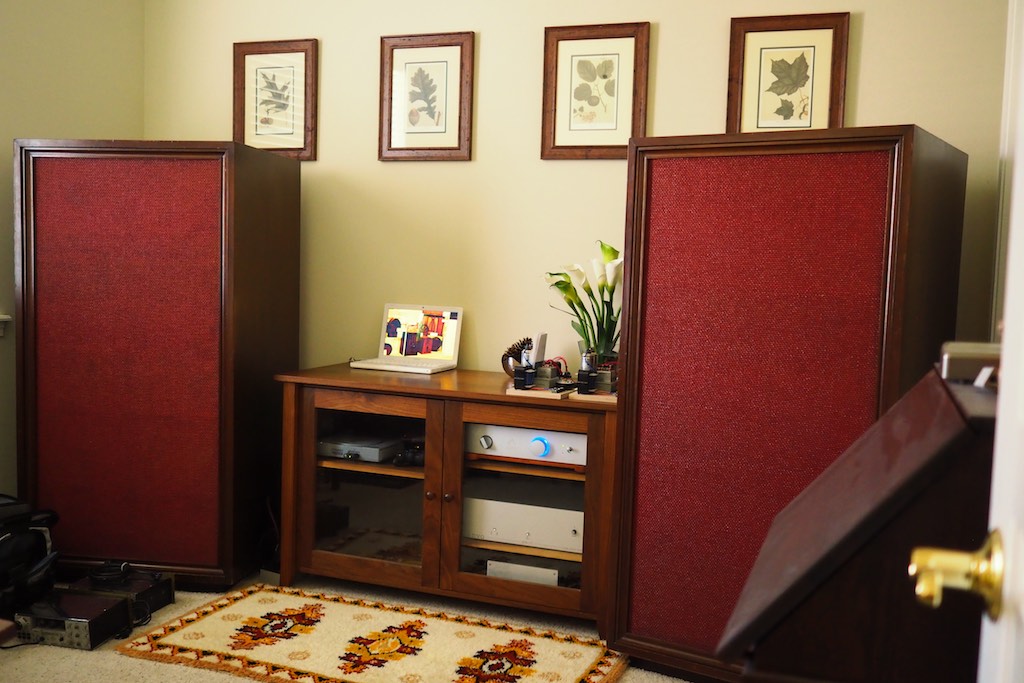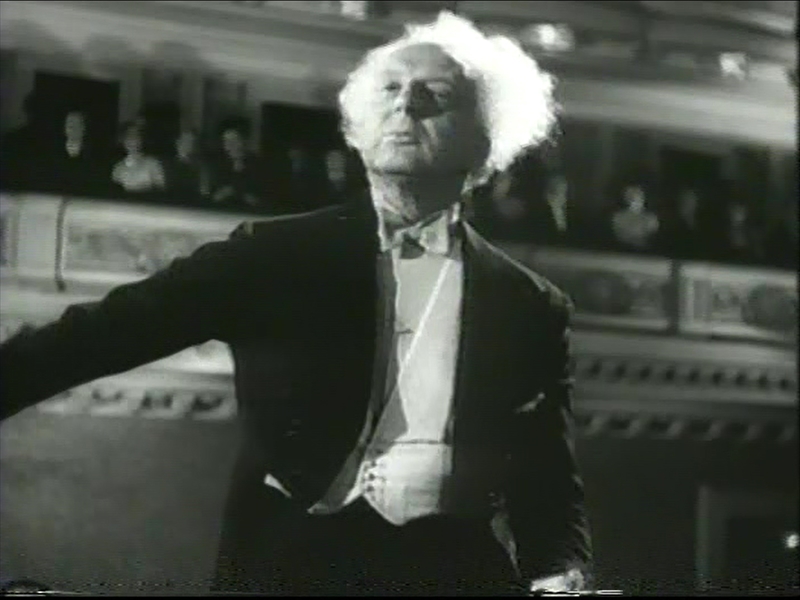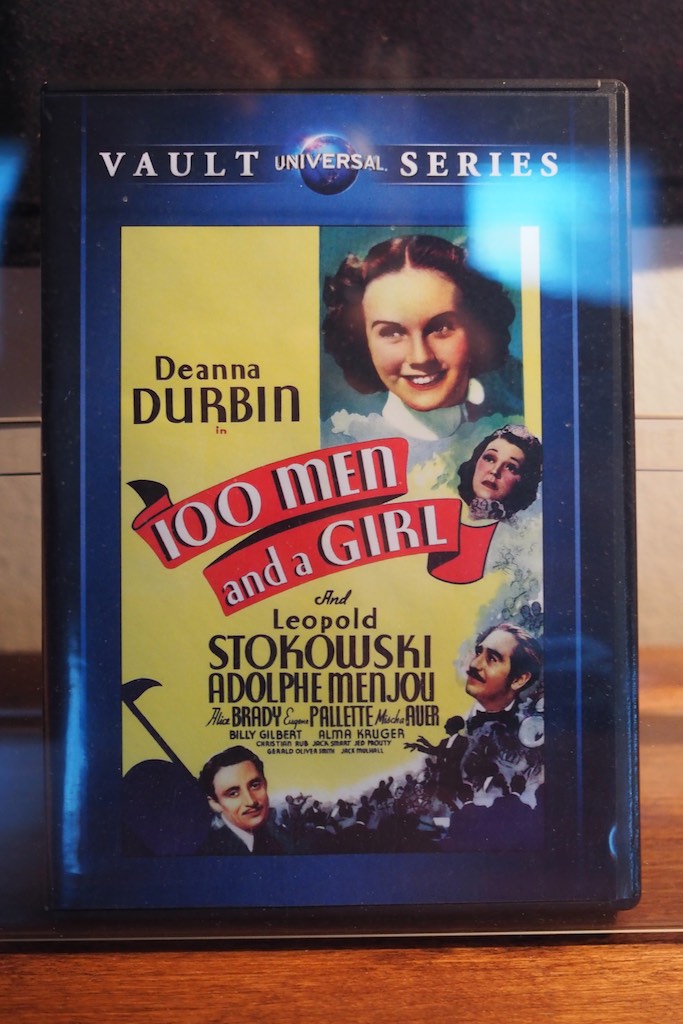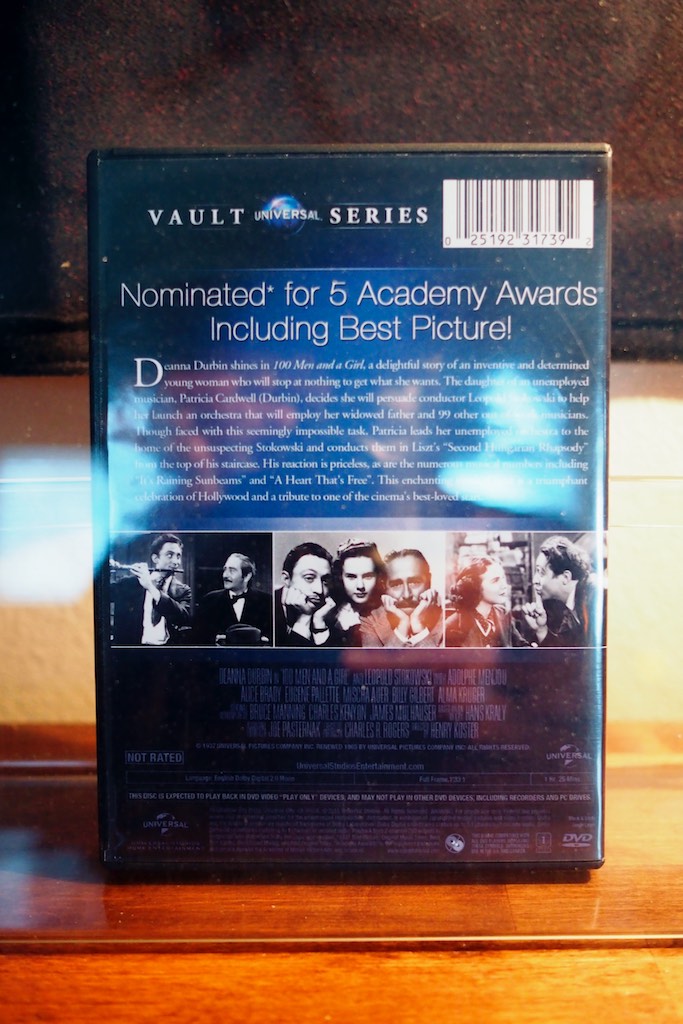In the coming months, we're going to be building crossovers using the new Duelund Coherent Audio tinned-copper components for the custom Altec Voice of the Theatre loudspeakers that were built for Mr. Stokowski, nearly six decades ago now.
In preparation for the upcoming project I've been doing some background "research" on Mr. Stokowski, and I have been finding out all kinds of fascinating things about him.
It is fairly common knowledge that Mr. Stokowski was one of the world’s leading conductors during his lifetime (April 18, 1882 to September 13, 1977), and conducted numerous symphony orchestras, including of the Cincinnati Symphony Orchestra, the Houston Symphony Orchestra, the NBC Symphony Orchestra, the New York Philharmonic Symphony Orchestra, the Philadelphia Orchestra, and the Symphony of the Air, as well as many others.
Leopold Stokowski was a remarkable and creative man, and had enormous influence upon the world of music, film, recording, audio engineering, and culture during his lifetime.
For example, Mr. Stokowski set American culture abuzz by hiring talented women and minority musicians for his orchestras during a time that orchestras were almost exclusively composed of white males.
Another interesting aspect of Mr. Stokowski was that early in his career he became interested in the technical aspects of the recording and playback of music, something that most conductors of the time eschewed.
To aide Stokowski in his interests Professor Charles Weyl at the University of Pennsylvania created a tailored curriculum for him that focused on what he needed to know about acoustics and electrical engineering in order to more effectively participate in guiding the technical activities of audio engineering that he had become involved in.
The University of Pennsylvania eventually awarded Mr. Stokowski an honorary doctorate for his accomplishments in music, audio engineering, and film.
Stokowski worked closely with recording engineers during the acoustic horn recording era (1917-1924), the electrical recording era (1925-1940), and the “modern” analog recording era until his death (1941-1977), always striving for improved fidelity of recorded music.
Leopold Stokowski was very involved in advancing the recording and playback of music and worked closely with audio engineers from Altec Lansing, Bell Labs, Disney, RCA, and others, to advance the recording arts for records, film, and radio broadcast.
Stokowski loved experimenting with recording and playback technology and was involved in the development of multitrack recording used in some of the first stereo recordings.
Mr. Stokowski was involved with RCA in using a multitrack film recorder that was used for the movie 100 Men and a Girl, in which Stokowski plays a speaking part, and also the Fantasound multichannel sound system developed by RCA and Disney engineers for the animated movie Fantasia.
I've ordered the various movies to watch that Mr. Stokowski was involved in, and I watched the first one, 100 Men and a Girl, over the weekend.
100 Men and a Girl was recorded with the aforementioned multitrack film recorder and Western Electric electronics, and as a result it really shines for a 1937 recording.
100 Men and a Girl was a delight to watch, a true "feel good" story about a young woman who organizes a 100 man orchestra composed of out of work musicians who desperately needed a break during the difficult times they were going through.
Mr. Stokowski plays himself in the film, and there are some great shots of him conducting, and he acquitted himself very well in his first acting debut as well.
I won't spoil the story for you by telling you all about it, but if you get a chance to watch 100 Men and a Girl I think you'll enjoy it as much as I did. Highly recommended!
As always, thanks for stopping by, and may the tone be with you!
































